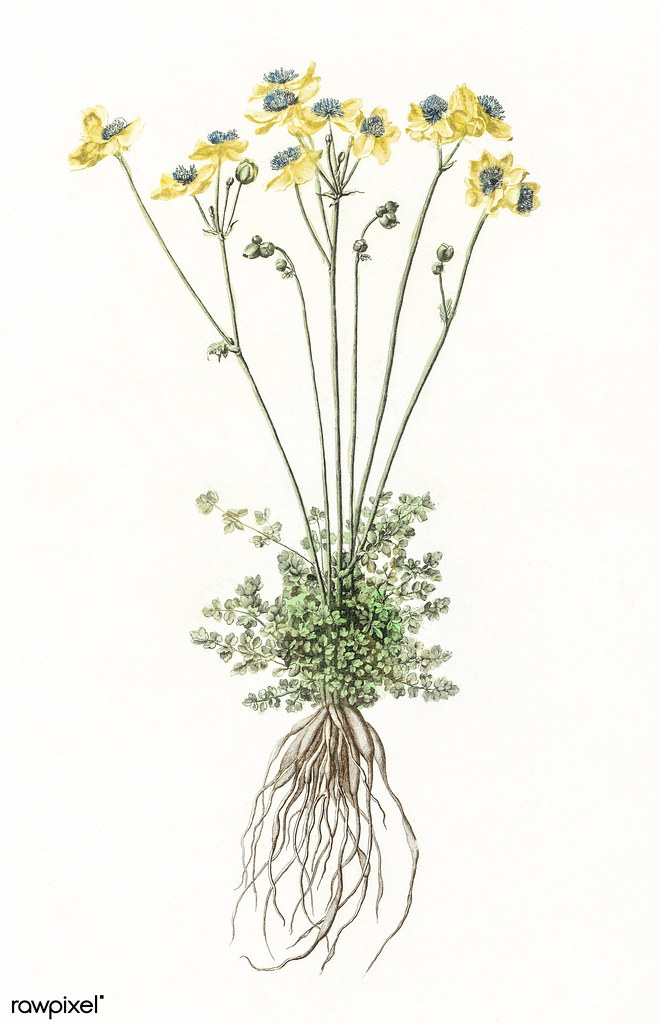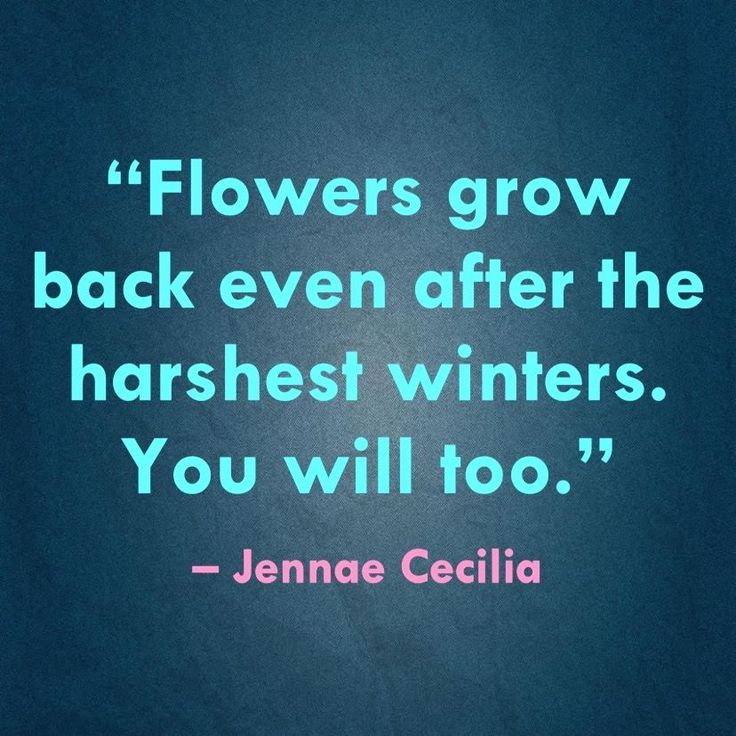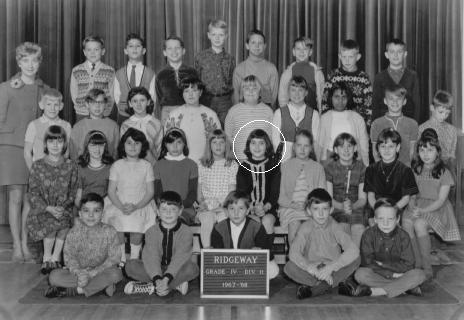“And all the lives we ever lived and all the lives to be are full of trees and changing leaves.” Virginia Woolf

To me, fall is a time of simple pleasures like going for a walk and observing the leaves changing colour. The change seems to start like a slow dance with a touch of red here and a dash of gold there, but then if the wind stays down, it picks up speed, and the colours change daily. Before long, the trees are dancing at the last party of the year, shimmering with brilliant reds and oranges and golds. I love coming home after my walk and sitting in front of a cozy fire. I love the smell of soup simmering in the kitchen and knowing dinner is taken care of too. I especially love knowing there’s a stack of books waiting for me at the end of the day. Here’s what I’m reading this month.
An Island by Karen Jennings
Memorial Drive, A Daughter’s Memoir by Natasha Trethewey
Never Have I Ever by Joshilyn Jackson
Books read to date in 2021: 71











Comments